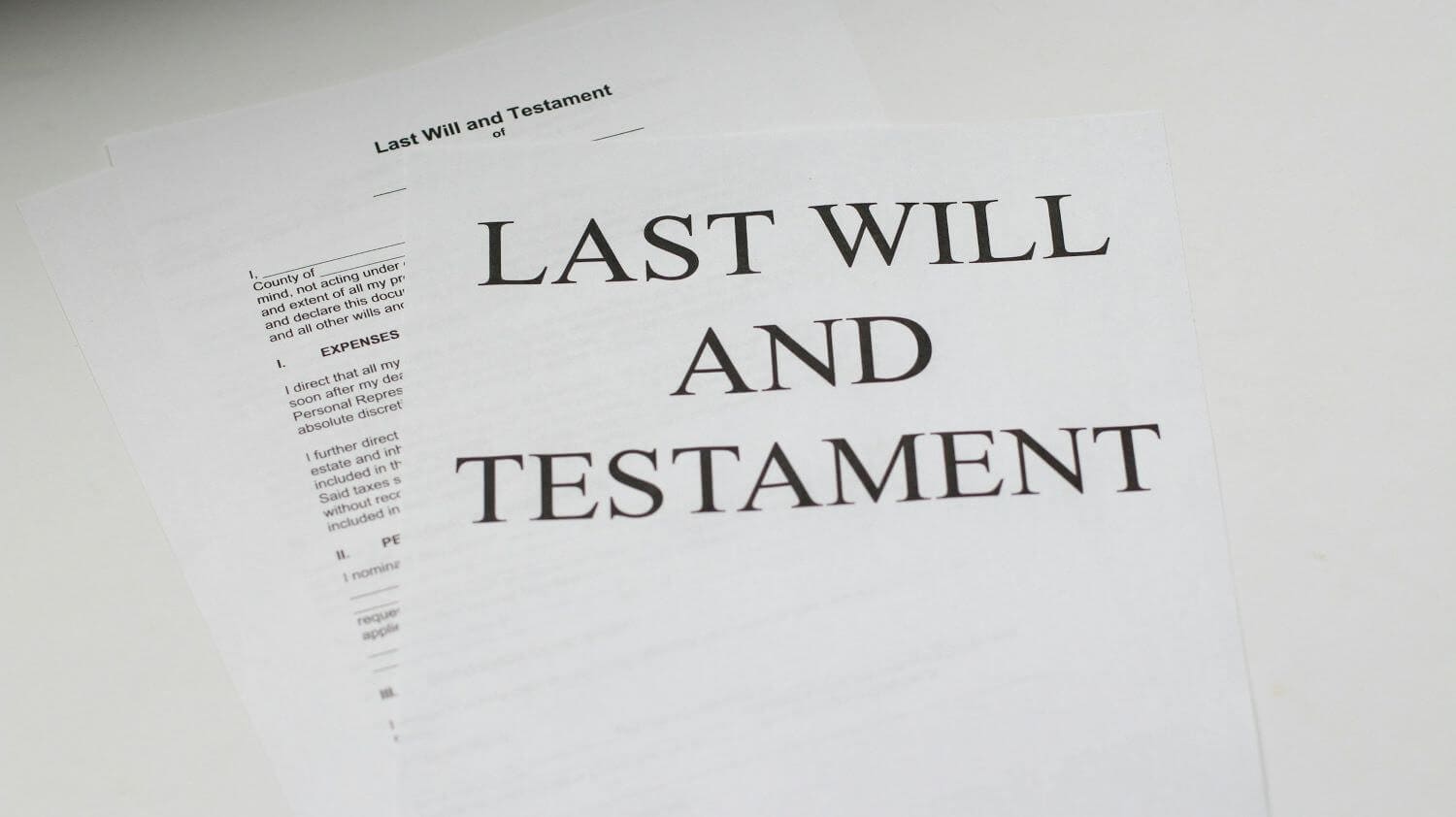A secondary beneficiary, also known as a contingent beneficiary, is the person or entity who will receive your assets if the primary beneficiary is unable or unwilling to do so. This might happen if the primary beneficiary:
- Passes away before you.
- Chooses to decline the inheritance.
- Cannot be located.
- Is legally unable to inherit (e.g., due to age or other restrictions).
Secondary beneficiaries act as a backup plan to ensure your assets don’t get tied up in legal processes or distributed in a way you didn’t intend.
Why Designating a Secondary Beneficiary Is Important
Life is unpredictable, and even with the best intentions, your primary beneficiary may not be available to receive your assets. Without a secondary beneficiary, the distribution of your estate could become more complicated:
- Probate Delays: If there’s no secondary beneficiary, your estate might go through probate, delaying the process and potentially incurring additional costs.
- Default State Laws: In the absence of a designated secondary beneficiary, state laws will determine who inherits, which may not align with your wishes.
- Peace of Mind: Naming a secondary beneficiary provides reassurance that your assets will go to someone you trust, even if unforeseen circumstances arise.
How Secondary Beneficiaries Work
Primary vs. Secondary Beneficiaries
The primary beneficiary is the first person or entity in line to receive your assets. The secondary beneficiary steps in only if the primary cannot accept the inheritance. For example:
- Primary Beneficiary: Your spouse.
- Secondary Beneficiary: Your child, sibling, or a favorite charity.
Multiple Secondary Beneficiaries
You can name more than one secondary beneficiary and specify how the assets should be divided. For instance:
- 50% to one child and 50% to another.
- 80% to a family member and 20% to a charitable organization.
Contingencies Across Different Accounts
It’s crucial to name secondary beneficiaries for all assets, including:
- Retirement accounts (e.g., 401(k) or IRA).
- Life insurance policies.
- Bank accounts with “payable on death” (POD) designations.
- Trusts or wills.
Special Considerations for Naming Secondary Beneficiaries
Minors
If your secondary beneficiary is a minor, you’ll need to appoint a guardian or set up a trust to manage their inheritance until they reach adulthood.
Special Needs Beneficiaries
For individuals with special needs, consider a special needs trust to avoid jeopardizing their eligibility for government assistance.
Charitable Organizations
Ensure the legal name of the charity is accurate and that it’s still operational at the time of inheritance.
Complex Family Dynamics
If you have a blended family, estranged relationships, or specific intentions, clearly document your choices to minimize disputes.
How to Update Secondary Beneficiaries
As life changes, so should your estate plan. Review and update your secondary beneficiary designations regularly, especially after:
- Major life events (marriage, divorce, births, or deaths).
- Changes in your financial situation.
- Updates to your primary beneficiary’s status.
Using tools like Buried in Work’s Beneficiary Designation Checklist can make the process straightforward and help you stay organized.
Communicating Your Choices
While it’s not legally required, letting your secondary beneficiaries know they’ve been named can prevent surprises and confusion later. Clear communication also ensures they understand their role and your intentions.
Final Thoughts
A secondary beneficiary is an essential part of a comprehensive estate plan. It’s your safety net to ensure your assets are distributed as intended, even when life takes unexpected turns. By taking the time to designate and update your secondary beneficiaries, you’re providing clarity and peace of mind for yourself and your loved ones.
If you have feedback, questions, or ideas for future articles or Information Hubs, please contact us. Your insights help us create valuable content.


